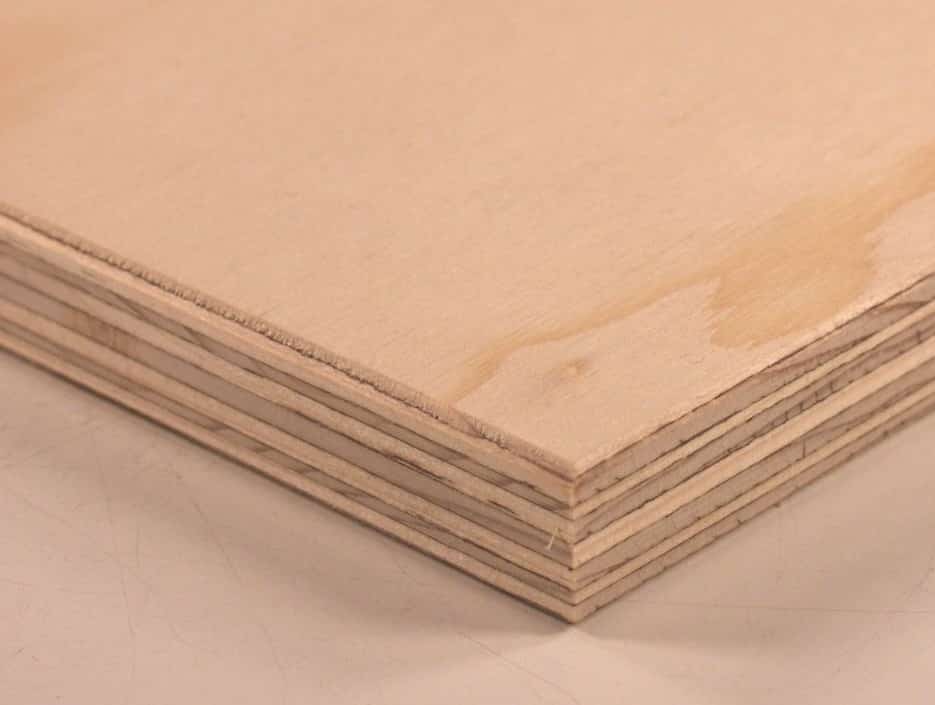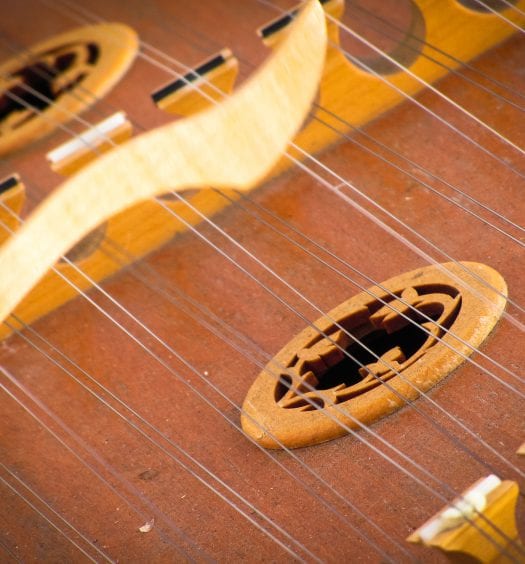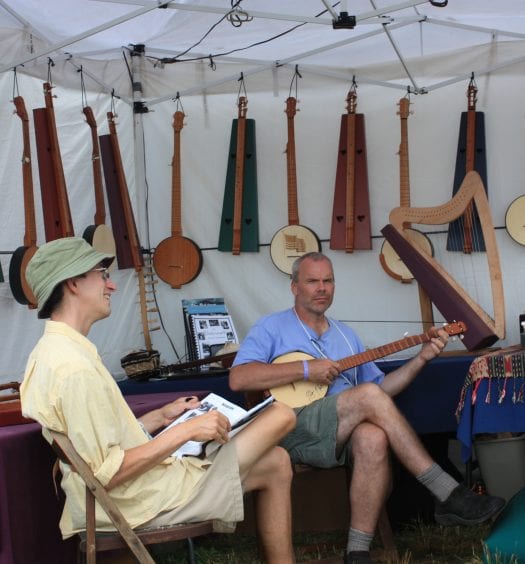When it comes to choosing the right model of dulcimer, it’s important to consider the material that’s used to make the instrument. Indeed, there are multiple different materials that a dulcimer could be made from, including plastic and wood, with the latter giving a noticeably better sound and playing experience.
However, it’s also important to distinguish between the different types of wood used to make hammered dulcimers. As part of this, you should consider the differences between plywood and solid wood dulcimers.
But how do these two materials differ, and which is best for your hammered dulcimer? Let’s take a look at the pros and cons of each different material.
Plywood vs Hardwood for Dulcimers
There are a number of benefits to plywood use in hammered dulcimers, but the most notable benefit is that of the cost. Plywood comes in a sheet form and is ready to use there and then; as such, crafting a hammered dulcimer from plywood is a lot easier and faster than for solid wood models.
Furthermore, plywood is often a cheaper material to buy than hard woods, which further reduces the cost of plywood hammered dulcimers.
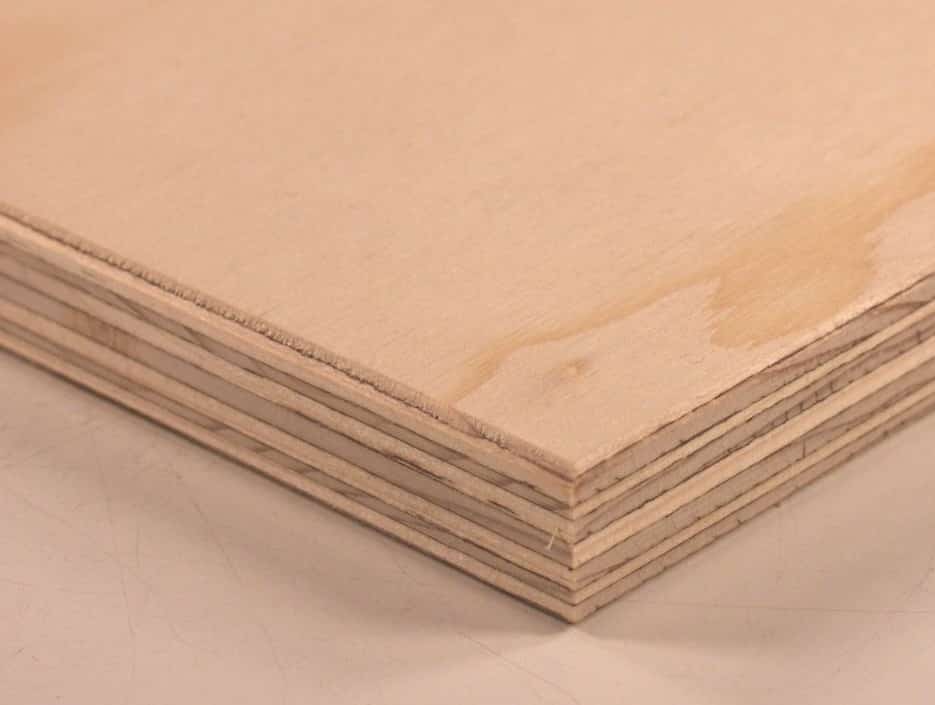
In addition to this, plywood is particularly beneficial as a hammered dulcimer material because of its exceptional stability in comparison to hard wood. This is due to the multiple layers with which plywood is made. This prevents it from swelling and contorting with changes in air temperature and humidity, which can be a hugely beneficial if you live in a region that’s prone to extremes of temperature or humidity. For the best results, your dulcimer should be kept in conditions that have a relative humidity of between 40 and 60 percent.
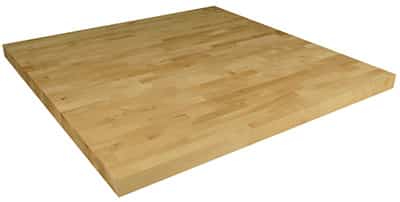
However, the primary drawback of choosing a plywood dulcimer is that the sound just isn’t quite the same as that produced by a hardwood dulcimer. Though well made plywood dulcimers still sound fabulous, the tone is slightly less rich and complex than one might expect from a hardwood model.
By contrast, the sound that’s produced by a hardwood hammered dulcimer is much richer and even improves with age, meaning that the sound your dulcimer makes when it’s played will get better as the dulcimer matures.
Final Thoughts
If it’s a durable and affordable model of hammered dulcimer that you’re looking for, a plywood dulcimer could be the option for you – however, the sound produced by hardwood dulcimers is far richer and has much more body than the sound a plywood model could create.
As such, it’s important to carefully consider the different materials if you are thinking about investing in one. Both have benefits and drawbacks, and being aware of these will allow you to choose a model that meets your needs.
The type of construction is one of many factors to consider when selecting a dulcimer. Interested in learning more? Check out our post on other tips when choosing a mountain dulcimer.

